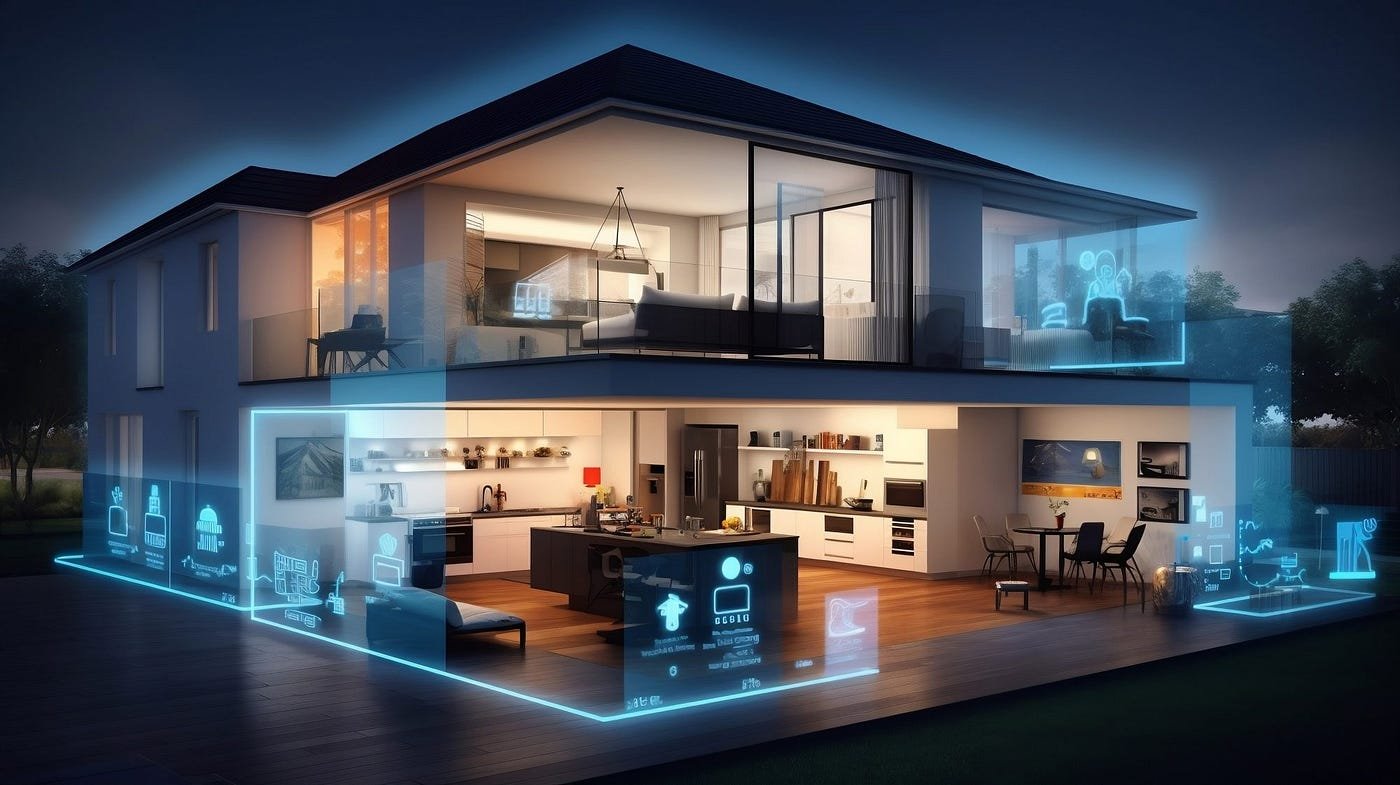How to Choose the Right Home Appliances for a Smart Home
Building a smart home is no longer a futuristic dream—it’s a modern-day reality. With the right appliances, you can automate daily tasks, enhance energy efficiency, and create a more comfortable living environment. However, with the ever-growing range of smart devices on the market, choosing the right ones for your home can be overwhelming. Here’s a comprehensive guide to help you select the perfect appliances for your smart home.
Why Build a Smart Home?
A smart home offers several benefits, including:
- Convenience: Automate everyday tasks like controlling lights or setting thermostats.
- Energy Efficiency: Reduce electricity usage with energy-monitoring devices.
- Security: Monitor your home remotely through smart cameras and alarms.
- Comfort: Personalize settings for lighting, climate, and entertainment.
Whether you’re upgrading an existing home or starting from scratch, choosing the right appliances is key to maximizing these benefits.
Steps to Choosing the Right Smart Home Appliances
1. Identify Your Needs and Priorities
Before investing in smart appliances, determine what you want to achieve:
- Are you looking to save energy?
- Do you prioritize security?
- Is entertainment a major focus?
Having clear goals will help you prioritize which appliances to invest in first.
2. Ensure Compatibility with Ecosystems
Smart home appliances are often built to work within specific ecosystems. The three most popular ones are:
- Amazon Alexa: Works with a wide range of third-party devices.
- Google Home: Known for seamless integration with Google services.
- Apple HomeKit: Prioritizes security and privacy but supports fewer devices.
Choose an ecosystem and ensure your appliances are compatible with it to create a unified smart home experience.
3. Prioritize Energy Efficiency
Look for smart appliances with energy-saving features. Many devices now include:
- Energy usage reports
- Scheduling options to run during off-peak hours
- Automatic shutdown features
Brands like Nest and Ecobee offer smart thermostats that optimize heating and cooling to reduce electricity costs.
Essential Smart Home Appliances
1. Smart Thermostats
Control the temperature of your home remotely and create personalized schedules.
Popular Choices: Nest Learning Thermostat, Ecobee SmartThermostat
Key Features to Look For:
- Compatibility with HVAC systems
- Geofencing capabilities to adjust settings based on your location
- Energy usage reports
2. Smart Lighting Systems
Smart bulbs and light strips allow you to control brightness, color, and schedules through your smartphone or voice assistant.
Popular Choices: Philips Hue, LIFX
Key Features to Look For:
- Adjustable color and brightness
- Integration with motion sensors
- Voice control compatibility
3. Smart Security Devices
Enhance home security with smart cameras, locks, and alarms that offer real-time monitoring and alerts.
Popular Choices: Ring Video Doorbell, Arlo Pro Cameras
Key Features to Look For:
- High-definition video and night vision
- Two-way audio for remote communication
- App-based alerts and control
4. Smart Kitchen Appliances
From fridges to coffee makers, smart kitchen devices streamline your cooking and meal prep.
Popular Choices: Samsung Family Hub Refrigerator, Breville Smart Oven Air
Key Features to Look For:
- Wi-Fi connectivity for remote operation
- Integration with recipe apps
- Energy efficiency certifications
5. Smart Plugs and Outlets
Turn traditional appliances into smart devices by connecting them to smart plugs.
Popular Choices: Wemo Smart Plug, TP-Link Kasa Smart Plug
Key Features to Look For:
- Compact design to avoid blocking adjacent outlets
- Scheduling and automation features
- Voice control compatibility
Tips for Building a Seamless Smart Home
1. Start Small and Scale Up
Begin with a few essential devices, such as a smart thermostat or lighting system, and expand as you grow more comfortable with the technology.
2. Invest in a Reliable Network
A strong Wi-Fi connection is crucial for a smart home. Consider upgrading your router or adding Wi-Fi extenders to ensure all devices stay connected.
3. Focus on Security
Smart home devices can be vulnerable to hacking. Protect your network by:
- Using strong, unique passwords
- Enabling two-factor authentication
- Regularly updating device firmware
4. Consider Voice Control
Voice assistants like Alexa, Google Assistant, and Siri make controlling your smart home more intuitive. Ensure your devices are compatible with your preferred assistant.
Popular Brands to Consider
- Amazon: Offers a wide range of affordable and versatile smart devices.
- Google Nest: Known for sleek designs and powerful integrations with Google Home.
- Apple: Prioritizes privacy and seamless integration with iOS devices.
- Samsung SmartThings: A comprehensive platform for managing multiple devices.
Conclusion
Creating a smart home is an exciting journey that can enhance your quality of life in countless ways. By identifying your needs, prioritizing compatibility, and focusing on energy efficiency, you can choose appliances that fit seamlessly into your lifestyle.
Remember, the key to a successful smart home setup is integration—building a system where every device works harmoniously to make your daily routine easier, safer, and more efficient.
What smart appliances are you considering for your home? Share your thoughts and experiences in the comments below!


